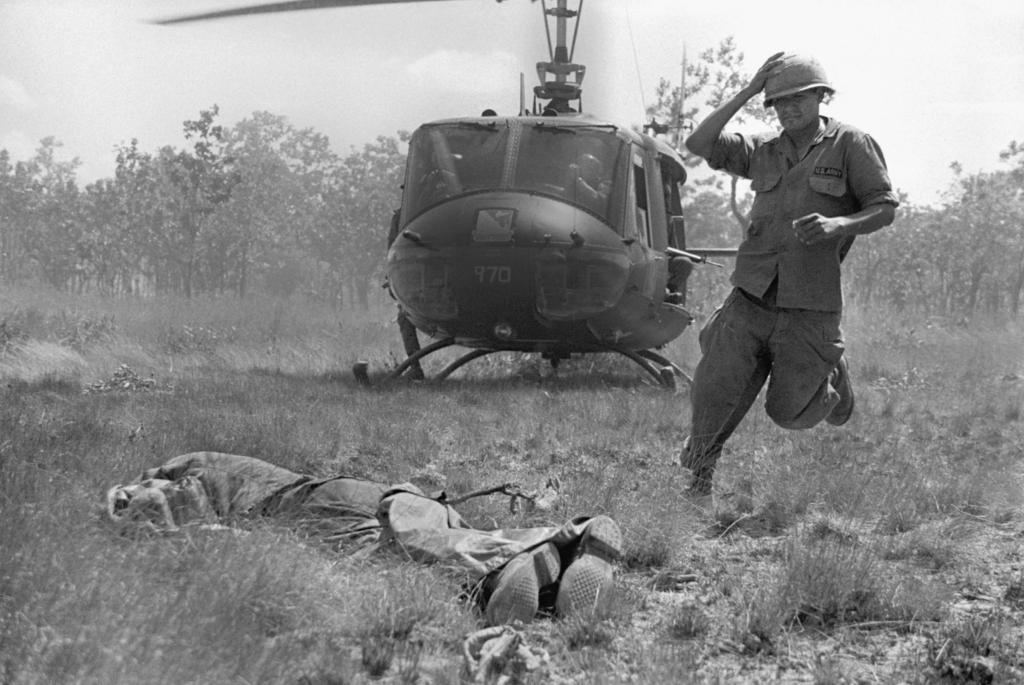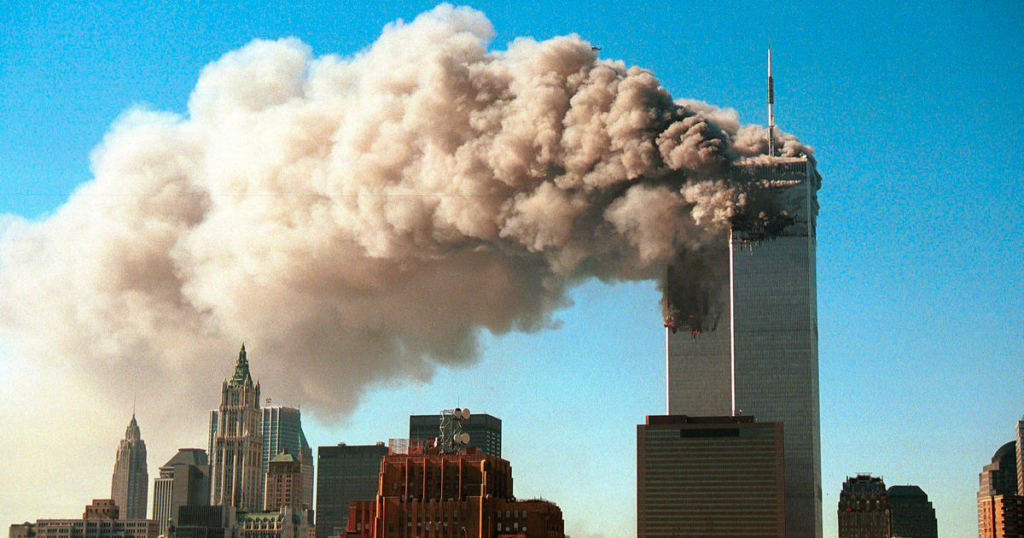The past couple of weeks have been a reflection of the ever-turbulent relationship between media and political establishments. We can highlight the TikTok vs US Congress fiasco as a prime example of this, what with the proclaimed panic of congressmen vis a vis ‘China stealing all our data’.
Regardless of personal convictions, we can say there is a general consensus about the permeation of media into spheres way beyond the socio-cultural one. The debate itself is evidence of its pervasion into political life and has motivated me to seek out instances in which these institutions have instead operated in each others’ favour, rather than a detriment.
Naturally, the first case that comes to mind is the invasion of Ukraine, referred to by many as the ‘First Social Media War’. The term stems from the protagonistic role given to the public in reporting events in real time, leveraging the exponential reach of media platforms.
While this is definitely not the first time war content has been diffused among the population by the population, it is certainly a pioneer in terms of its global extent and speed in doing so. We’ve all seen the terrible images, there seems to be an incessantly increasing supply of them.
This idea has led me to think about the role of media in conveying or better yet, shaping political narratives, particularly those of war. To look at this process as an evolving one, let’s take a short trip down memory lane of major milestones in this complex relationship between media coverage and politics:
The mid-1800s: earliest images of war

Our earliest understanding of mass media can be tied to the invention of photography in the mid-1800s. The image above is one of, if not the earliest captured using the daguerreotype photography technique in the Mexican-American War of 1846. The tech novelty would come to play a revolutionary role in the creation and dissemination of war imagery. As Bernd Hüppauf cleverly put it, however, “(…) it can be argued that after hundreds of years of battle painting devoted primarily to heroic images of war, it was the ‘democratisation of images’ through photography that exposed the moral question of war as one of pictorial representation.”
That is, photography essentially redefines the idea of war in the public’s eyes, as it undergoes a selective process that constitutes the stories told back home. While this democratisation process becomes necessary, the nuances and not-so-glorious episodes are often misrepresented or entirely lost, and this loss plays a crucial part in the understanding (or lack thereof) of crises as a whole.
The Mid-1900s: first televised conflicts

The Vietnam War was a long-fought crisis extending from the mid-1950s to the late 70s, having as protagonists North and South Vietnam within the deeply polarised geopolitical context of the Cold War. The extension of this conflict to Western society was quickly solidified when the United States joined the latter as an ally in combat.
Known as the ‘Living Room War’, its footage was regularly brought into American homes in the form of brief news montages meant to report back, and most importantly instill morale and confidence regarding the outlooks of the war. Being the first conflict to be televised in such depth provided civilians back home with more experiential imagery of the frontlines than ever before. However, its reassembled nature i.e. 2-minute newscasts with heavily selective clips shone a light on the underlying problem which wouldn’t go unnoticed by the people: a lack of evidentiality.
In other words, clips of soldiers chatting and basking in the sun in between missions warped the glum reality of the situation. When things turned south, the Western public was quick to realise that the images they were being fed did not tell the whole story. This realisation weakened the public consensus that had been essential in supporting the allies, triggering a redirection of socio-civic protests in the US in an anti-war effort.
Early 2000s: 9/11 & Afghanistan War


Fast forward to the 21st Century. The attack on the Twin Towers was a truly disruptive one, far beyond its undeniable political symbolism. From a journalistic perspective, capturing the second crash on live broadcasting, as well as immediate reactions from those present at the time, proliferated the panic and feeling of helplessness across the globe in a raw way that simply could not be accomplished with a pre-recording.
Soon after, the Afghan War would serve as another example of this change in approach: it gave way to the concept of embedded journalism, i.e., images conceived on the frontlines in real-time by journalists with portable cameras. Essentially defeating the technological (and to a certain extent, safety) restrictions faced previously, it allowed viewers at home to gain a more realistic insight into combat. This becomes key in solidifying public opinion, which as we have seen in Vietnam, turns out to be indispensable and increasingly entrenched in the evolution of mass media – you need it on your side.
Present day: Ukraine War

In similar ways to 9/11, footage of the Ukraine War as provided by both the population and their leader Volodymyr Zelenskyy is much more consequential in effect: the power to engage and mobilise thousands in their support is not exclusively attributable to the traditional methods of seeking military and humanitarian relief, e.g. through political agreements.
What I mean is that the global consensus comes not only due to the immediate geopolitical effects the war has on Western societies but also as a byproduct of its permeation into the media we consume daily. This lack of separation decimates our psychic distance from the situation and makes it that much more likely to translate into practical support.
For this reason and many more, the modus operandi of Zelenskyy is noteworthy and powerful: the simple act of communicating his updates from the battlegrounds through short recordings on an iPhone – unlike most figures showing up in a suit and tie and reading from a teleprompter behind the camera – transmits a completely different message: one of presence, humanity, and authenticity. This is clear evidence of the functionality of a tech-savvy politician, rupturing the television barrier between his people and the world.

Moving forward…
The role of social media in the coverage of political events is a highly complex but fascinating one, and a topic I could in no way compress into a few paragraphs. What is worth acknowledging, however, is its ability to create a visual narrative that inherently calls for a participative public, without which it would have no grounds to propagate on.
The so-called ‘New War Ecology’, as written by Professor M. Ford explores the shift in power relations from a medium heavily monopolised by a select few in the political and broadcasting domain, to one of increased freedom of information and individual participation in warfare. Fundamental boundaries of the perception and experience of war are challenged, bringing to the foreground a new model where anyone with a smart device can become a journalist.
Following this idea, as outlets become more decentralised, the less space there is for concealment and mass manipulation. How do we make sense of this? Proceed with caution: despite the growing democratisation of the media we consume, we mustn’t be so naive as to believe we are immune to corrupted or recontextualised versions of reality.
Well-established systems of propaganda ultimately have to get with the program and find ways to intricately weave themselves into day-to-day life in a datafied give-and-take process conveniently fitting to historical timing – through music, movies, television, down to that silly little clock app.
On a more optimistic note, the steady inching of political conflicts into the digital sphere does give people the power of initiative, and access to media that unchains the long sought-after humanisation of victims, allowing us to put faces to the numbers. We’re like that, we need to see it to believe it. It can’t be perceived as something trivial, like posting an infographic on an Instagram story, but rather as the cultural and social mobilisation against tyranny on an unprecedented level. This is precisely why we can’t distance media from public opinion or public opinion from the socio-political steering wheel.
A ‘hyperconnected environment’, as Ford puts it, is easier to galvanise, engaging the world and fostering the sentiment of empathy and support. One could argue about the imminent danger of this datafication process that comes with content consumption and production on such a scale. The discussion goes much deeper – but that’s a topic for a whole nother piece.
The bottom line to me, and here I quote Professor S. Gerevini, is acknowledging that ‘images are fundamentally political: they are the material evidence of shared memories, which form the fabric of history, and history, in turn, becomes the bedrock of present political action’.
Bibliography
Is Russia’s Invasion of Ukraine The First Social Media War? (2023). Retrieved from https://www.forbes.com/sites/petersuciu/2022/03/01/is-russias-invasion-of-ukraine-the-first-social-media-war/?sh=4276160d1c5c
Seeing is believing: early war photography – Artstor. (2016). Retrieved from https://www.artstor.org/2016/11/11/seeing-is-believing-early-war-photography/#:~:text=The%20first%20photographs%20of%20war,American%20war%20in%20Saltillo%2C%20Mexico
Vietnam War: Causes, Facts & Impact. (2023). Retrieved from https://www.history.com/topics/vietnam-war/vietnam-war-history
Photos: The war in Afghanistan | CNN. (2021). Retrieved from https://edition.cnn.com/2021/04/14/middleeast/gallery/afghanistan-war/index.html
How does Ukraine war end? Experts say 2023 could prove decisive, dangerous. (2023). Retrieved from https://news.harvard.edu/gazette/story/2023/02/how-does-ukraine-war-end-experts-say-2023-could-prove-decisive-dangerous/
“Why Zelenskyy’s ‘Selfie Videos’ Are Helping Ukraine Win The PR War Against Russia”. The Conversation (2022). Retrieved from https://theconversation.com/why-zelenskyys-selfie-videos-are-helping-ukraine-win-the-pr-war-against-russia-178117.
Ford, M., & Hoskins, A. (2022). Understanding the New War Ecology. Radical War, 47-80. doi: 10.1093/oso/9780197656549.003.0004

Leave a Reply